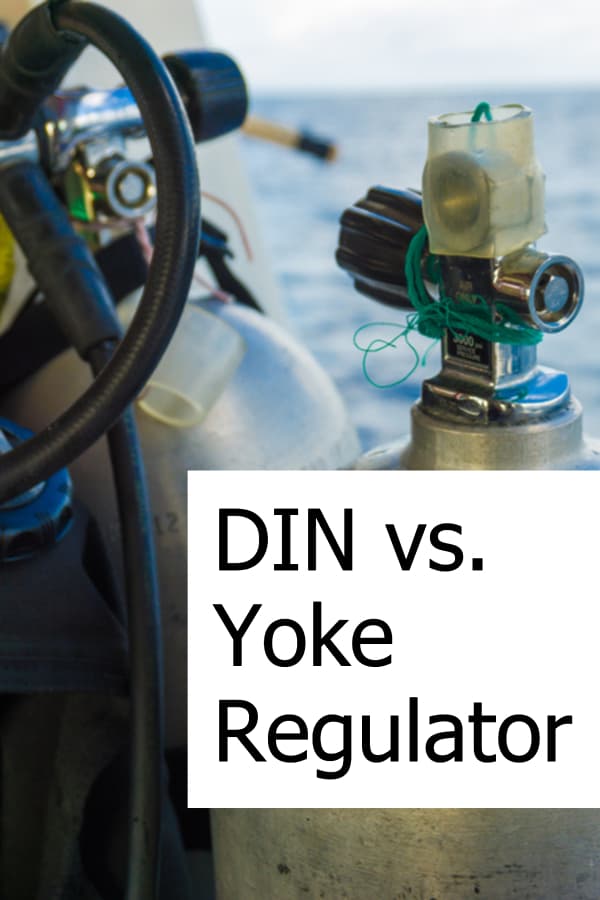What are the Differences between DIN vs. Yoke (A-Clamp) Regulators?
As we all know your regulator attaches to your dive tank. There are two common adapters that divers use. They are DIN and Yoke regulators and they are not compatible! We’ll shed some light on which is more commonly used and what you need to know before buying a new regulator.
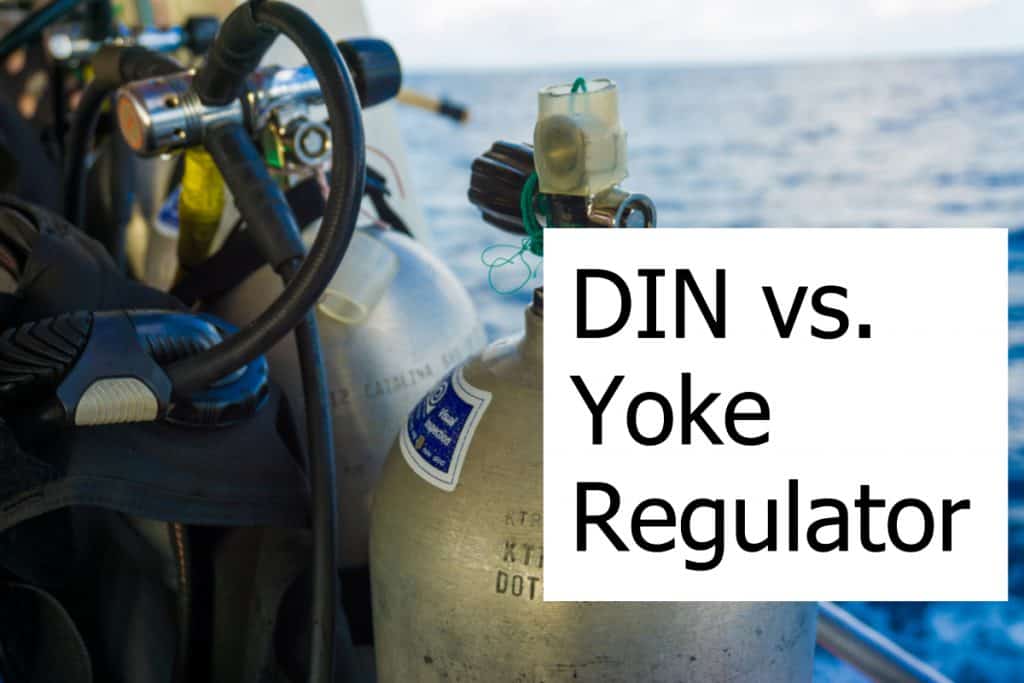
As a scuba diver, you have probably been on a dive with a leaky o-ring attached to the valve on your oxygen tank. There is nothing worse than watching the bubbles go from your tank to the surface. Not only does this cut your dive short, but leaky o-rings can cause bigger problems if not caught early.
Many dive shops and boats maintain their own oxygen tanks and very few divers own their own tank. It seems like worn-out o-rings are just par for the course at a high-traffic dive resort.
Is there anything that can be done to solve this problem, or allow the divers to maintain the seal between the tank and the regulator?
DIN vs YOKE – What are they?
Chances are you have not heard of the differences in these tank valves unless you have encountered a dive shop that uses DIN-style valves.
What is a Yoke Valve?
Yoke tank valves are the typical regulator attachments that use a clamp to attach the yoke regulator to the o2 tank. The clamps have the shape of an ‘A’ and therefore yoke valves are also sometimes called A-Clamp valves. They use a yoke valve attachment and fit the standard aluminum tanks that are seen on boats and in dive shops everywhere.
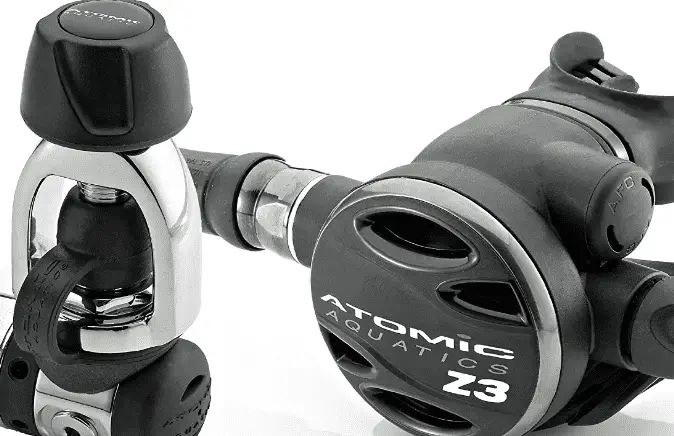
The fact is that yoke valves are the most common type of valves when it comes to scuba diving. Typically a tank fitted with a yoke valve will be capable of handling between 200-220 bars.
Yoke valves have the o-ring inside of the valve of the tank. So, the seal between the first stage regulator and the oxygen tank is made at the tank end.
What is a DIN Valve?
DIN is an acronym for Deutsche Industrie Norm and features a threaded first stage regulator that will screw into the tank valve. There is no O-ring on a DIN tank valve. The O-ring is located on the DIN regulator.
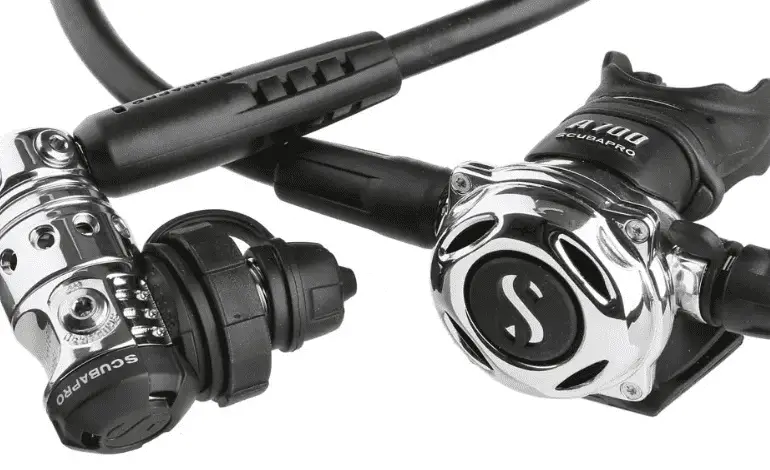
This makes it the diver’s responsibility to ensure that the O-ring is up to safety standards before attaching the DIN regulator to the tank. Also, DIN tanks have a higher Bar rating than yoke tanks and can typically handle 300 bars.
DIN valves are seen as superior in diving sports. In technical diving, the DIN valve is preferred as the fitting for technical diving.
Another advantage of a DIN regulator is that it weighs less. A yoke regulator can be surprisingly quite a bit heavier compared to a DIN connector.
What Do Bars Measure and Why are They Important?
Bars are another way of measuring PSI. 1 Bar = 14.5038 PSI. PSI is pounds per square inch. The difference between a 200 bar yolk tank which houses 2900 psi and a 300 bar tank that holds 4351 psi. That is a huge difference in the amount of air you are taking down with you.
This is one of the reasons that people are switching to the DIN valved tanks is that they are capable of holding much more oxygen. Every diver knows that more air equals more time at depth. Also, the higher bar rating means that the tank is less likely to blow out if it is overfilled.
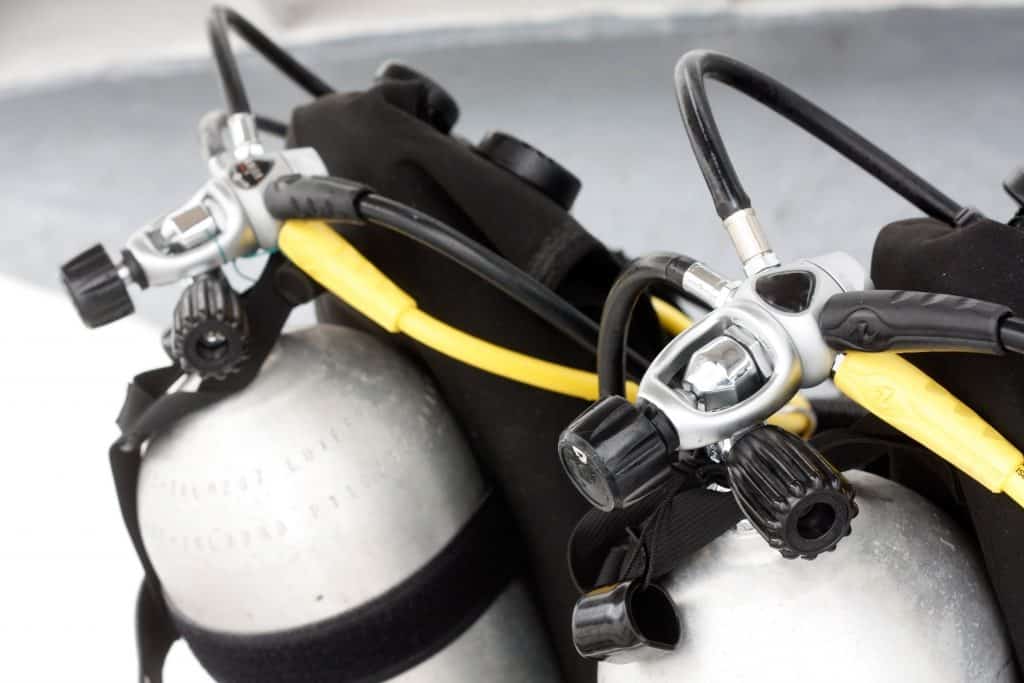
Best Cold Water Regulators [2022] – Buying Guide and Reviews
Can I Use The Same Regulator On A DIN and Yoke Tank
The first stage regulators designed to fit a yoke valve look quite different than a DIN regulator. DIN regulators and yoke regulators are not designed the same because of the way that the two tank interfaces look. Yoke regulators attach through the clamp method on the tank. This design would not allow it to fit with a tank for DIN regulators.
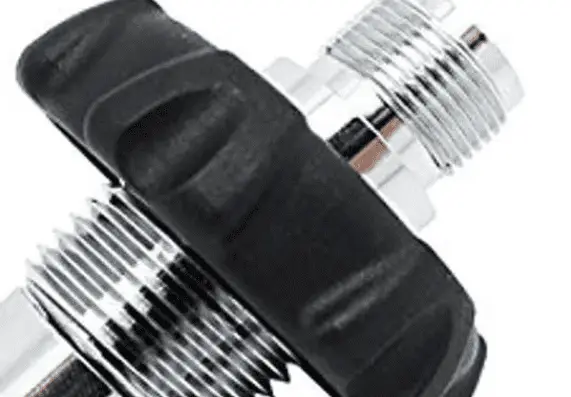
There are however valves that you can purchase to make sure your first stage regulator will fit any tank. They are called DIN to Yoke adapters or Yoke to DIN adaptors, depending on whether your first stage is a DIN or yoke regulator.
Do Adaptors Work?
Any time you add more equipment underwater you add another opportunity for a failed o-ring or a leaky connection. While adaptors are a cost-effective way of making sure that you will always have the right first-stage regulator, they do increase the chance of equipment failure or leaky connections.
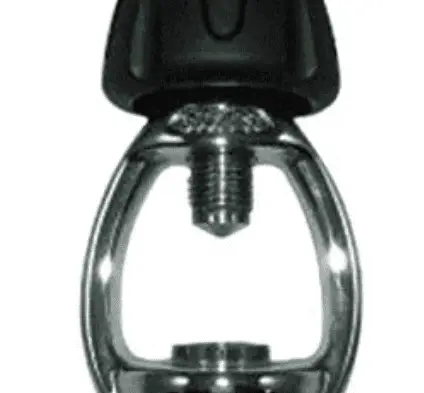
Recreational Divers Choose Yoke
The yoke valve/yoke regulator doesn’t seem to have many advantages over the DIN valve when you compare the higher bar rating and the position of the o-ring. That leads to the question; why did recreational divers, and most dive resorts and boats for that matter, choose yoke valves/yoke regulators?
It comes down to cost. When scuba was still relatively new, DIN first stage regulators and tank valves were exorbitantly expensive. It didn’t make sense for the occasional recreational diver to spend the amount of money it cost to get a DIN regulator, and since most dive locations had yoke tanks anyway, yoke regulators won the day.
Technical Divers Choose DIN
Those who chose DIN first stage regulators and valves, in the beginning, were high-end technical divers. They stood by the idea that the added psi rating of the DIN valve made the tanks less likely to blow out. Additionally, since there were no loose parts inside the valve, they were less likely to damage during transport.
In recent years however many divers are seeing an influx of DIN first stage regulators and tanks. This may be due to the increase in dive technology making costs cheaper. Since DIN is no longer solely associated with high-end diving equipment, it may be good to familiarize yourself with both styles of tank valves.
Comparing Piston vs Diaphragm Regulator – Differences Explained
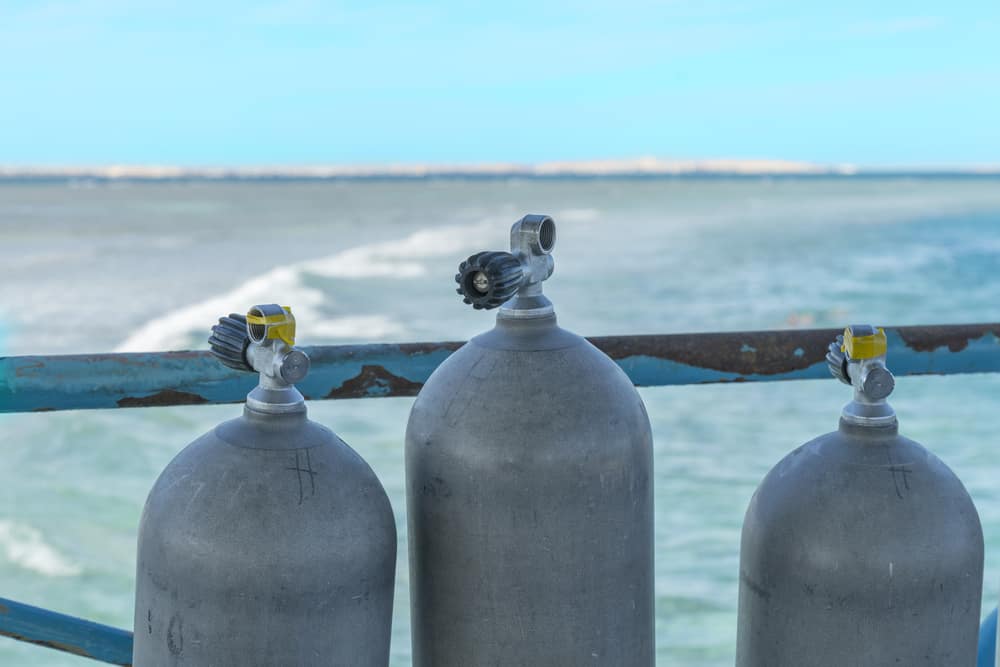
What is the Difference between a Balanced and Unbalanced Regulator?
Which One Is Better?
This really is a matter of personal preference. If you absolutely love the yoke attachment on your regulator, then there is no reason for you to go out and buy a DIN first stage. The same is true if you’re passion is for all things DIN.
It may come down to how much control you want to have over the maintenance of o-rings in the equipment being used. If you are renting tanks with a DIN first stage, and you end up having to use a yoke adapter, you really lose that control anyway.
Go with what your locals use. If you always dive in certain areas and you know DIN is the valve style that is used in that area, it’s probably best to get a din style regulator. This will save you from the hassle of using an adapter and it will save you some extra money in the end.
